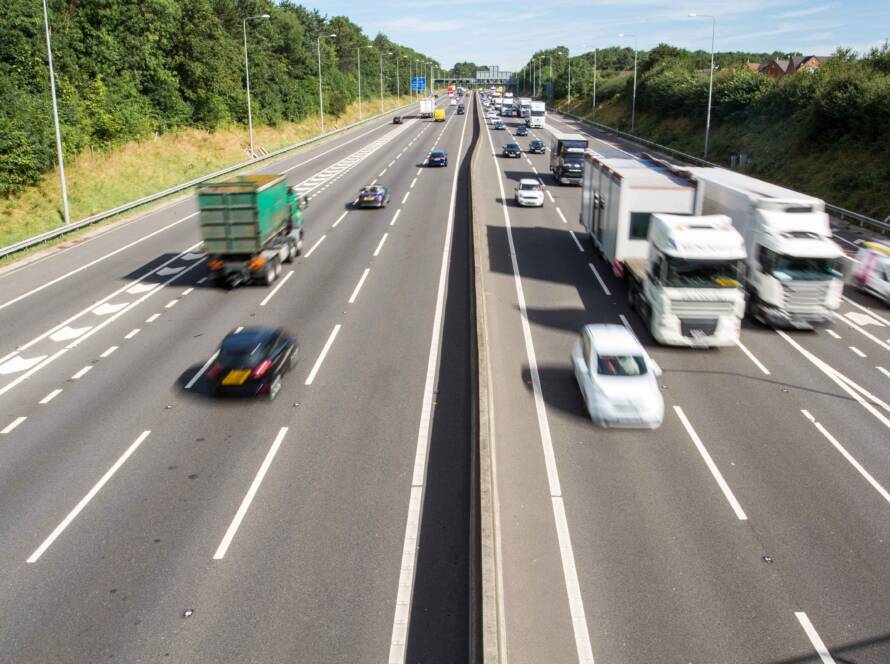Tarmac surfacing is one of the most widely used choices for roads, driveways, car parks, and commercial spaces across the UK. Known for its durability, cost-effectiveness, and smooth finish, tarmac offers a reliable solution for both new installations and resurfacing projects. This tarmac surfacing guide will help you understand its benefits, applications, and key considerations so you can make an informed decision for your surfacing needs.
Whether you’re a homeowner planning a driveway upgrade or a business preparing a car park resurfacing, understanding the fundamentals of tarmac surfacing will help ensure long-term performance and cost efficiency.
What is Tarmac Surfacing?
Tarmac — technically referred to as asphalt — is a blend of aggregates, binder, and bitumen that forms a strong, durable surface when laid. Its flexibility allows it to absorb minor movement without cracking, making it a preferred choice for surfaces that experience heavy loads or variable weather conditions.
A key advantage of tarmac surfacing is its adaptability. It can be applied to a variety of surfaces, including uneven ground, and works well for both large-scale infrastructure projects and smaller residential applications. Its smooth finish also improves the driving experience, reduces noise, and enhances safety through excellent skid resistance.
Modern tarmac mixes can also include recycled materials, making it a more environmentally conscious choice compared to some alternatives. This growing focus on sustainability is helping tarmac maintain its relevance in today’s construction and infrastructure projects.
Key Factors to Consider Before Choosing Tarmac Surfacing
Choosing the right tarmac surfacing solution requires consideration of several key factors. These considerations will help ensure that the surface you install is durable, functional, and cost-effective over time.
1. Traffic Load and Usage
The intended use of the surface is a critical factor. For example, a residential driveway will require a different specification compared to a busy car park or road. Heavy traffic areas require thicker, more robust layers of tarmac, while lighter-use areas can be constructed with thinner layers. Choosing the correct thickness and mix ensures durability and reduces the need for premature repairs.
2. Base Preparation
The strength and longevity of any tarmac surface depend heavily on the preparation of the base beneath it. Poor base preparation is one of the leading causes of premature road failure. Preparing the base involves removing debris, ensuring a level foundation, compacting materials, and, where necessary, installing a sub-base layer. This ensures the surface remains stable and resists cracking and deformation.
3. Weather and Drainage
Climate plays a significant role in the lifespan of tarmac surfacing. Areas exposed to heavy rain, frost, or temperature extremes need surfaces that can cope with these conditions. Proper drainage is essential to prevent water pooling, which can weaken the surface and lead to potholes. Including a slight slope and installing drainage channels can dramatically improve durability.
4. Budget and Long-Term Value
While tarmac is often seen as a cost-effective surfacing option, quality comes at a price. Cutting corners on materials or preparation can lead to higher costs later due to repairs. Investing in proper installation and quality materials from the start is one of the best ways to protect your investment and ensure long-term performance.
Applications of Tarmac Surfacing
Tarmac is a highly versatile surfacing solution, suitable for a wide range of applications. It’s commonly used for:
- Roads and Highways – Offering durability and a smooth driving surface capable of handling heavy traffic loads.
- Driveways – Popular for residential properties due to its affordability and attractive finish.
- Car Parks – Ideal for commercial and retail sites thanks to its strength and ease of maintenance.
- Pathways and Cycle Lanes – Providing a smooth, safe surface for pedestrians and cyclists.
Each application may require different specifications in terms of thickness, aggregate type, and finishing methods, which is why working with professional surfacing contractors is essential.
The Benefits of Tarmac Surfacing
Tarmac surfacing offers numerous benefits that make it a preferred choice for many projects.
- Durability – When properly installed, tarmac surfaces can last 15–20 years or more with minimal maintenance.
- Quick Installation – Tarmac can be laid and cured quickly, reducing disruption to traffic or property use.
- Cost-Effectiveness – Compared to other surfacing materials, tarmac offers a balance of affordability and longevity.
- Low Maintenance – Minor damage such as cracks or potholes can be repaired easily without replacing the entire surface.
- Versatility – Suitable for a wide range of projects from residential driveways to major roadways.
- Aesthetic Appeal – Smooth, clean finishes can enhance the appearance of any property.
These advantages explain why tarmac continues to be one of the most widely specified surfacing solutions in the construction industry.
Sustainability in Modern Tarmac Surfacing
The surfacing industry is evolving, and sustainability is now a major focus. Modern tarmac mixes often include recycled materials such as reclaimed asphalt pavement (RAP) and recycled aggregates. These sustainable approaches reduce the need for new raw materials and lower carbon emissions without compromising performance.
Choosing sustainable tarmac options not only supports environmental goals but can also provide cost savings and extend the surface’s lifespan when paired with proper maintenance.
Conclusion
Tarmac surfacing remains a trusted choice for a wide range of infrastructure and construction projects. From roads and driveways to car parks and pathways, it offers durability, cost-effectiveness, and adaptability. By understanding the benefits and key considerations outlined in this tarmac surfacing guide, you can make a confident choice that delivers value and longevity.
If you’re planning a tarmac surfacing project and want a professional, high-quality solution tailored to your needs, request a quote today


